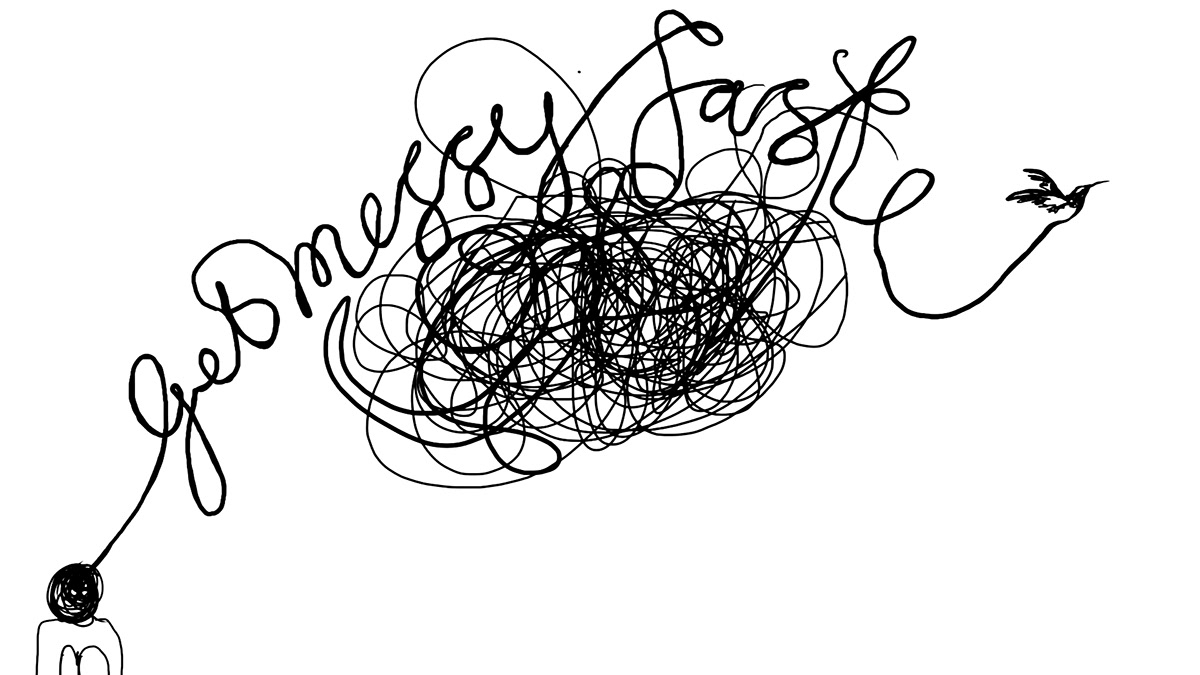A non-linear guide to creative thinking. Ok, you now work at a creative agency – You have just been briefed. Now what?

Let’s take the example of an egg - assume you were briefed on doing an ad for an egg - It's as good a brief as any.
Here are 5 step on how to crack that ‘egg’.
Tip 1: Attack the brief. Don’t wait.
Within the first hour of getting a brief – find a quick spot or invest in some noised cancelling headphones and question everything on that brief. Do you have all the information you need? Do you understand all the information? What connections can you make to what already exists in culture.
Get messy fast. Map out any and all connections you think of, don’t worry about getting it right just write. Think of ‘satellite’ ideas that relate to the topic. Have a click through my mess below it may help clarify what I mean – if you can read my hand writing.
Once you’ve get all your first throught out on the page – walk away and work on something else. Don’t try and find the answer – you’re just trying to embed the brief in your brain – now let it marinate.




Tip 2: Make sense of the mess.
Later that day or the day after come back and begin looking for connections amongst the mess. You are looking for human truths, product truths and cultural truths. Some people call these insights.
You want to tap into truths because that is what makes a connection with people. Comedians are great at this – even when they are lying they are telling their tales in the form of a truth we all can understand. We understand it, not because they explain it but because they reference things we already have an association with.
In this example of the egg you will see me asking myself questions like: How are they made? What human behaviours are there around egg use? What shapes are eggs associated with? And What is the history of eggs? Along with a lot of other basic questions.
Use stupid logic.
What does that mean? It means you are looking for connections base in truth but not literal connections. Take the egg for example: A egg looks like a bald man’s head, but it obviously isn’t. Using stupid logic you could come up with a lot of ways to use a bald heads to sell eggs but no one will think you are trying to sell bald heads. Think of using them in 6 or 12 and you will have another connection to the product.

And now for the tricky bit. Stress versus Creativity.
Inevitably while you are trying to crack any brief you will have moments of doubt. If you are doing this and working on multiple briefs you will have other pressures like time and client or boss expectations.

A bit of pressure is good for any creativity. A exhibition date if one of the best motivators for an artists as is a presentation date for a creative mind working in advertising. But if you don’t know how to handle your own stress it can be detrimental to your ability to create. Being able to laugh a big hairy problems is key to any level of success.
Hint: The problem in front only seems big. Remember no matter how difficult a challenge, it’s small in reality.

Scale your problems. I like to watch this if I momentarily loose perspective.then I remember the greatness that is out there – it doesn’t make me feel small or helpless but rather it dwarfs the challenges I might be facing.
Think of any brief as a ladder with each idea building on the next. Start with an idea that simply makes sense, now you can relax and focus on writing a better one, and a better one after that.
Tip 3: If you get stuck, be someone else. (for a bit)
No matter how strong you are as a thinker you can blinker yourself – blinding yourself from other ways in or other rich perspectives. It’s great to work with other collaborators but if you don’t have that availbe then pretend to be someone else. Stop thinking as you would and take different view points. Like a method actor – fully immerse yourself in a different mindset. Don’t do think in halves – picture someone extreme and then give yourself a full 30mins thinking as you would imagine they would.

Take our egg for the example, now take on different pov’s and just write, don’t critique.
What would an alien think of eggs? “Why are these humans eating chicken poo capsules?” What would Hitler think of eggs? “We need an enemy for these egss!” What would Sir. Richard Branson think of selling eggs? “Skrew it, lets sell eggs without the carton.”
Tip 4: Expand your references (Constantly feed your mind)
Put good reference in your mind and good stuff will come out. Too many creatives don’t go to galleries, read books, consumer the amazing reference on the internet and then they wonder why they can’t think of anything good.
True originality is a myth, or at the very least its reserved for the divine. Originally in the mortal sense is combining things in original ways – so make sure you have the best references in your mind well before you get the brief.
Live a creative life, don’t just start being creative when you get a brief. While there are many great resources out there, behance being one.

One of the best places to start is by owning this book: ‘The art of looking sideways’ by Alan Fletcher.
Tip 5: Keep asking questions
In closing – stealing from Alan Fletcher – remember the more you know, the more you know you don’t know. So, keep asking questions because no one knows it all.
Smile. It’s just advertising.

